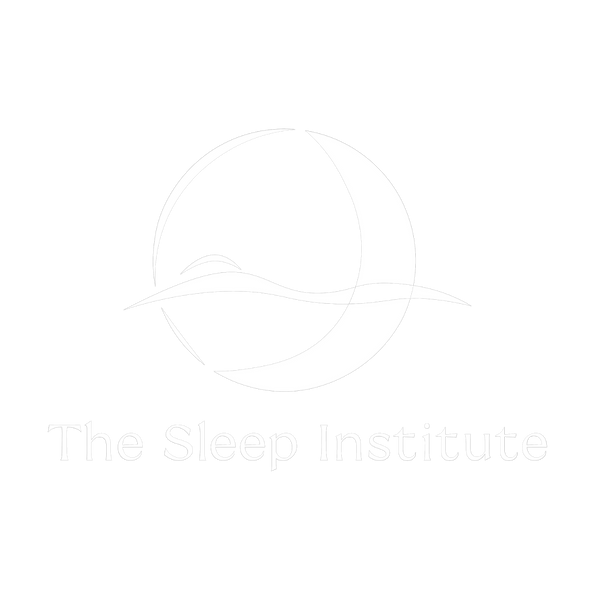
The Surprising Connection: Can Rhinitis Cause Sleep Apnea?
Introduction:
Rhinitis, commonly known as a runny or stuffy nose, is a prevalent condition affecting millions worldwide. Often perceived as a mere inconvenience, rhinitis can have far-reaching consequences beyond daytime discomfort. Recent research suggests a potential link between rhinitis and sleep apnea, a serious sleep disorder characterized by interruptions in breathing during sleep. Understanding the connection between chronic rhinitis and sleep apnea sheds light on the intricate relationship between upper airway disorders and sleep health.
The Link Between Rhinitis and Sleep Apnea:
While rhinitis primarily affects the nasal passages, its impact can extend to the upper airway, influencing sleep quality and respiratory function. Chronic nasal congestion and inflammation associated with rhinitis can lead to airway obstruction, especially during sleep when muscle tone decreases. This obstruction can exacerbate existing sleep apnea or predispose individuals to develop it.
Nasal congestion, a hallmark symptom of rhinitis, forces individuals to breathe through their mouths, altering airflow dynamics. Mouth breathing increases the likelihood of airway collapse during sleep, contributing to the occurrence or worsening of sleep apnea. Moreover, nasal inflammation can trigger a cascade of physiological responses, including increased upper airway resistance and instability, further predisposing individuals to breathing abnormalities during sleep.
Types of Rhinitis and Their Impact on Sleep Apnea:
Rhinitis encompasses various subtypes, each with its unique characteristics and implications for sleep apnea. Can allergies cause sleep apnea? Allergic rhinitis, triggered by allergens such as pollen or pet dander, often leads to nasal congestion and inflammation, directly impacting sleep quality. The association between allergic rhinitis and sleep-disordered breathing has been extensively studied, with evidence suggesting a bidirectional relationship between the two conditions.
Non-allergic rhinitis, which includes vasomotor and infectious rhinitis, can also contribute to sleep apnea pathology. Vasomotor rhinitis, characterized by nasal congestion unrelated to allergens, can disrupt airflow and exacerbate upper airway collapse during sleep. Similarly, infectious rhinitis, commonly caused by viral or bacterial infections, can worsen sleep apnea symptoms due to nasal obstruction and inflammation.
Impact on Sleep Quality and Health Outcomes:
The relationship between rhinitis and sleep apnea extends beyond nocturnal disturbances, impacting overall sleep quality and health outcomes. Sleep fragmentation resulting from frequent awakenings due to nasal congestion or breathing abnormalities can lead to excessive daytime sleepiness, impaired cognitive function, and mood disturbances. Prolonged sleep disruption increases the risk of cardiovascular complications, metabolic disorders, and diminished quality of life.
Moreover, untreated sleep apnea poses significant health risks, including hypertension, stroke, and cardiovascular disease. When coupled with rhinitis, these risks may be compounded, highlighting the importance of early recognition and management of both conditions. Addressing rhinitis-related nasal congestion and inflammation may alleviate sleep apnea symptoms and improve overall sleep architecture, thereby reducing the burden of associated health consequences.
Management Strategies:
Managing rhinitis effectively is crucial for mitigating its impact on sleep apnea and promoting optimal sleep health. Treatment modalities for rhinitis include pharmacotherapy, such as antihistamines, intranasal corticosteroids, and decongestants, aimed at reducing nasal inflammation and congestion. Allergen avoidance measures and immunotherapy may be beneficial for individuals with allergic rhinitis, targeting the underlying triggers of inflammation.
In addition to pharmacological interventions, lifestyle modifications can also play a significant role in managing rhinitis and sleep apnea. Nasal saline irrigation, steam inhalation, and nasal breathing exercises can help alleviate congestion and improve nasal airflow. Maintaining a healthy sleep environment, including proper sleep hygiene practices and positional therapy, may complement medical interventions in optimizing sleep quality and respiratory function.
Conclusion:
The intricate interplay between rhinitis and sleep apnea underscores the importance of comprehensive management strategies targeting both conditions. Recognizing the impact of rhinitis on upper airway dynamics and sleep architecture is crucial for identifying individuals at risk of sleep-disordered breathing. By addressing nasal congestion and inflammation, healthcare providers can improve sleep outcomes and mitigate the long-term health consequences associated with untreated sleep apnea. Through collaborative efforts between patients, healthcare professionals, and researchers, we can enhance our understanding of this complex relationship and pave the way for more effective therapeutic interventions.
